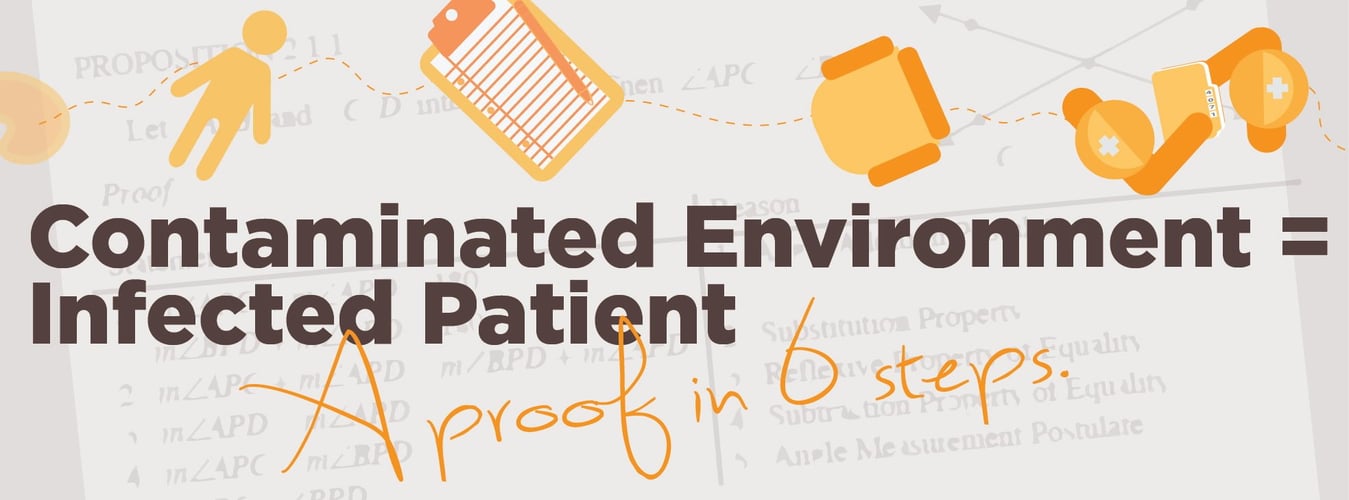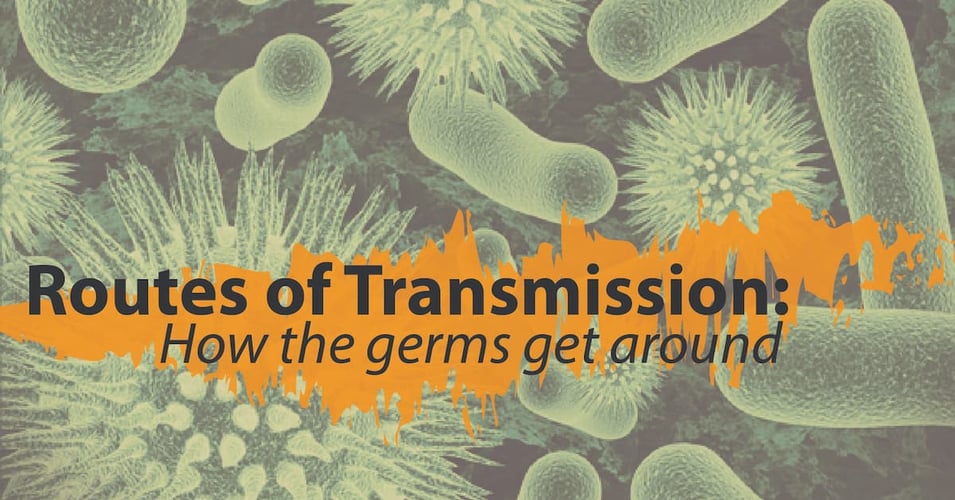How clean is your Hospital Room?


When we enter a hospital room as a patient, we are seeing the room at its cleanest. The room has just been scrubbed down during what is called "terminal cleaning," the rigorous cleaning that takes place after one patient is moved in preparation for the next patient to move in. However rigorous this cleaning procedure (and studies indicate that up to 60% of hospital rooms are not cleaned properly), there will be residual contamination by infectious pathogens. In a dynamic process of contamination and recontamination, after cleaning and through cross-transmission, germs stick around and continue to make patients sicker.
Up until the last 40 years, medical practice placed little emphasis on the role of the environment (furniture, counters, fixtures) in the transmission of infectious pathogens. Since that time, a growing body of evidence shows that, in fact, the environment plays a significant role in pathogen transmission. The following pieces of evidence, as compiled by this review, are each supported by research results:
-
Pathogens can survive on surfaces for a long time
-
If you touch the surfaces or equipment in an infected patient's room, chances are your hands/gloves will become contaminated
-
The more contaminated a room, the higher the chances that your hands/gloves will become contaminated
-
Pathogens on room surfaces lead to outbreaks through person-to-person transmission or shared medical equipment
-
Patients admitted to a room previously occupied by an infected patient are more likely to become infected with that same pathogen
- Improved terminal cleaning and disinfection results in fewer infections for subsequent patients
This body of research has also demonstrated the relative risk associated with certain specific pathogens. The following summary comes from this study:
| Pathogen | Likelihood of becoming infected if previous occupant(s) was infected |
| VRE | 1.6 - 2.2x |
| MRSA | 1.3x |
| C. diff | 2.4x |
| A. baumanii | 3.8x |
| P. aeruginosa | 2.1x |
These studies reveal that rooms are difficult to clean completely, and that the pathogens that remain are able to contaminate future room occupants.
Huge strides are being made in the area of room decontamination and the attention given to cleaning previously overlooked surfaces. As a result, we are seeing drops in certain HAIs as room cleanliness improves. But there is still much progress to be made.
What can we do about it? In our next post, we'll explore how new technologies are improving terminal cleaning and protecting future occupants from infection.
Editor's Note: This post was originally published in August 2015 and has been updated for freshness, accuracy and comprehensiveness.


![[infographic] From Contaminated Rooms to Infected Patients: A Proof in 6 Steps Download and share!](https://no-cache.hubspot.com/cta/default/216314/interactive-178434448899.png)


